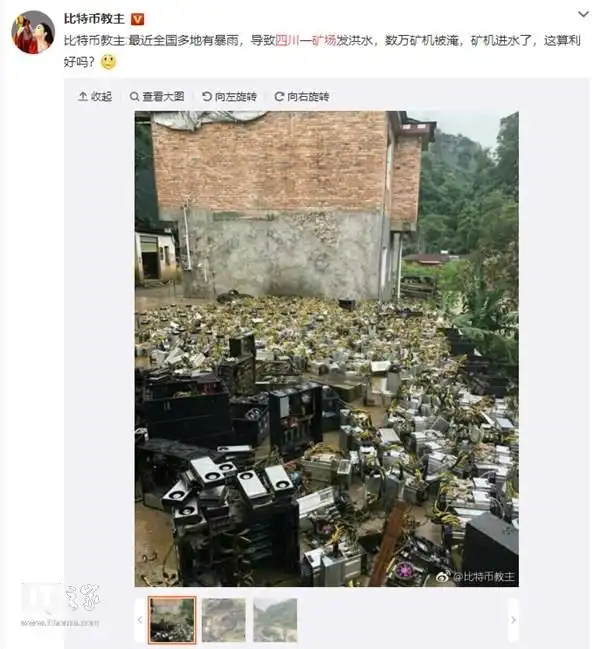Bitcoin mining remains a lucrative yet challenging endeavor in the blockchain landscape. As the world increasingly turns to cryptocurrencies, miners face the critical task of optimizing their setups to maintain efficiency and profitability. Understanding how to effectively maintain your Bitcoin mining setup can make the difference between a thriving operation and a costly failure.

The first thing to consider is hardware maintenance. Your mining rig works tirelessly to solve complex mathematical problems, thus maintaining its performance is paramount. Begin by ensuring that all components are clean and free from dust accumulation, which can severely impact cooling efficiency. Regularly checking and replacing thermal paste on your GPUs can further enhance their temperature management.
Equally essential is software upkeep. Keeping your mining software updated ensures you benefit from the latest features and optimizations. This means checking for new driver updates often and using up-to-date firmware. Many miners overlook this aspect, yet it can lead to performance lags or even hardware malfunctions if ignored. Additionally, syncing your software to the latest blockchain updates keeps your operation competitive in the ever-evolving crypto landscape.

Power management also plays a crucial role in your Bitcoin mining setup. Excessive energy consumption not only drives up costs but can also lead to equipment damage. Ensure your setup is equipped with a reliable power supply unit (PSU) that aligns with your mining demands. Using a Power Meter can help monitor consumption and tweak settings to optimize efficiency. Proper power management leads to prolonged hardware lifespan, which in turn maximizes return on investment.
Another significant aspect of maintaining your Bitcoin mining setup is environmental control. The location of your mining rig can greatly influence performance. Heat can be a miner’s worst enemy—optimize airflow by positioning rigs to promote cooling and avoid direct sunlight. Many successful mining farms also incorporate dedicated cooling systems, which effectively manage temperatures and maintain operational stability.
Networking and connectivity are crucial for mining operations. A lagging internet connection can lead to missed mining opportunities and overall frustration. Ensure your internet connection is reliable and consider a wired connection instead of Wi-Fi. Additionally, utilizing a Virtual Private Network (VPN) can not only protect your data but can also reduce latency and improve your overall mining efficiency.

Lastly, consider hosting your mining equipment. Hosting services can simplify many maintenance tasks, offering robust cooling, power management, and network stability. Furthermore, leading hosting providers often have the expertise to handle hardware repairs and replacements, allowing miners to focus on maximizing profits rather than managing logistics. Such services can help extend the life of your mining rig, making it a wise investment.
In conclusion, maintaining your Bitcoin mining setup involves a strategic blend of hardware upkeep, software management, energy efficiency, environmental control, and networking reliability. Embracing these best practices can pave the way for sustained profitability in your mining endeavors. As the cryptocurrency market continues to evolve, a proactive approach to maintenance will be one of the key drivers of long-term success. In this dynamic environment, don’t just mine—mine smart!
Concise yet crucial! Optimize your Bitcoin mining. This guide covers hardware upkeep, software updates, and environment control. Maximize hash rate and minimize downtime!Essential reading.